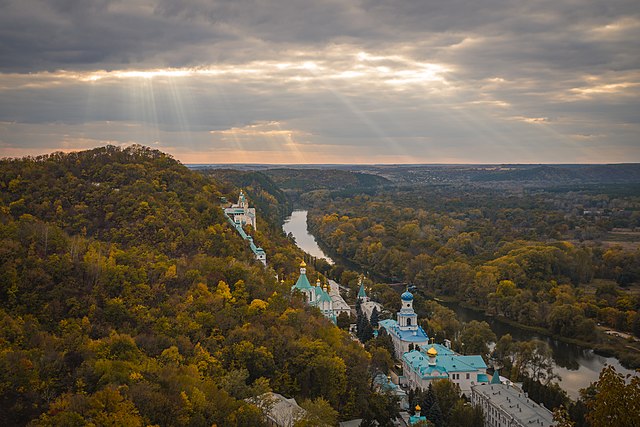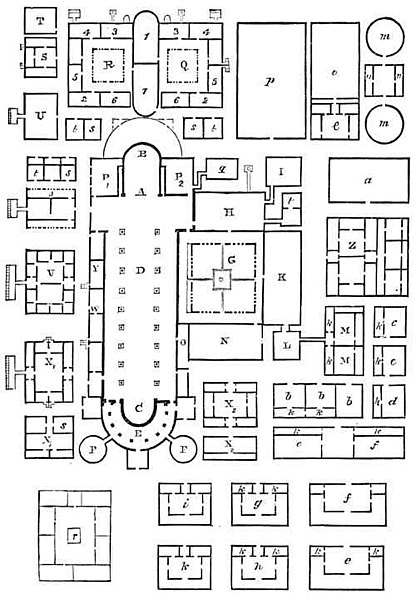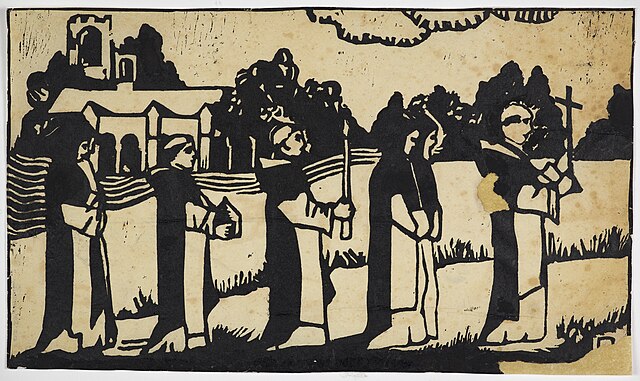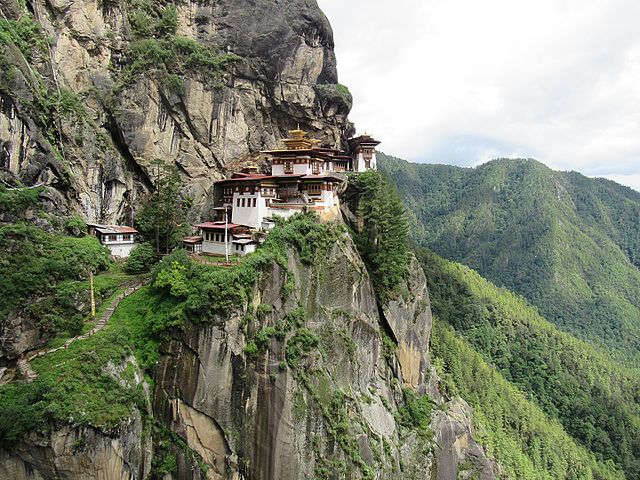A lavra or laura is a type of monastery consisting of a cluster of cells or caves for hermits, with a church and sometimes a refectory at the center. Lavra monasteries operate within the Orthodox and other Eastern Christian traditions; the name is also used by some Catholic communities.
The term in Greek initially meant a narrow lane or an alley in a city.
The Holy Mountains Lavra near the city of Sviatohirsk, Ukraine.
A monastery is a building or complex of buildings comprising the domestic quarters and workplaces of monastics, monks or nuns, whether living in communities or alone (hermits). A monastery generally includes a place reserved for prayer which may be a chapel, church, or temple, and may also serve as an oratory, or in the case of communities anything from a single building housing only one senior and two or three junior monks or nuns, to vast complexes and estates housing tens or hundreds. A monastery complex typically comprises a number of buildings which include a church, dormitory, cloister, refectory, library, balneary and infirmary, and outlying granges. Depending on the location, the monastic order and the occupation of its inhabitants, the complex may also include a wide range of buildings that facilitate self-sufficiency and service to the community. These may include a hospice, a school, and a range of agricultural and manufacturing buildings such as a barn, a forge, or a brewery.

The Monastery of Varlaam in Meteora, Thessaly, Greece.
The Plan of Saint Gall, the ground plan of an unbuilt abbey, providing for all of the needs of the monks within the confines of the monastery walls
Procession monastique
Taktsang Palphug Monastery aka Paro Taktsang aka Tiger's Nest, July 2016 13





